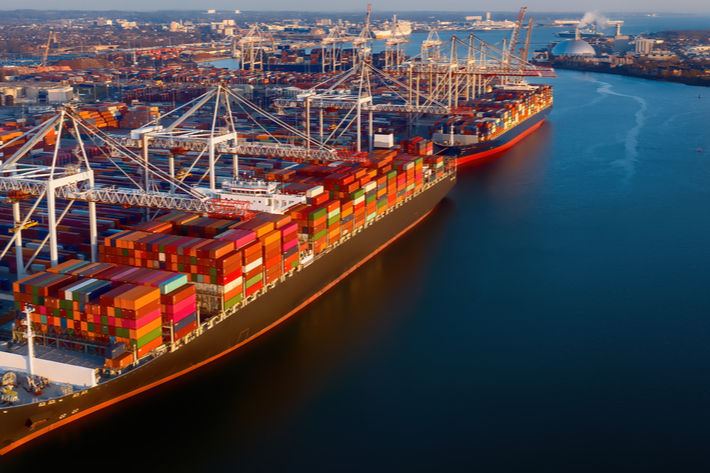
Southwest China's Chongqing municipality is the centre of operations for the corridor, the ministry's official website said.
It is expected that the expansion of cross-border transport routes will deeply connect markets, resources and industries of countries and regions along the routes and create development opportunities for China and the ASEAN countries, a news agency reported citing Chinese experts.
The ministry has told member units to strengthen coordination, give full play to the respective advantages of the central and local governments, and continuously promote the high-quality development of the western land-sea corridor.
Among the key tasks this year, the ministry has stressed expanding the transport capacity of the trade corridor, promoting key projects such as railways, highways, ports and civil aviation, speeding up the international hub cluster centered on the Chengdu-Chongqing economic circle, and raising the level of opening-up and trans-regional transport cooperation.
With the help of the corridor, fruit, rice, fresh food and other products from ASEAN countries can be quickly put on the shelves of Chinese supermarkets while cars, spare parts and other products made in western China can enter the ASEAN market.
From January to May this year, the land-sea freight route transported 310,000 standard containers worth of cargo, a notable year-on-year increase of 37.7 per cent, according to the China Railway.
The China-Laos Railway, half a year into its operation, had delivered more than 4 million tonnes of freight as of June 2. The transport volume of cross-border cargo was 647,000 tonnes during the period, according to the China State Railway Group Co.
ALCHEMPro News Desk (DS)
Receive daily prices and market insights straight to your inbox. Subscribe to AlchemPro Weekly!